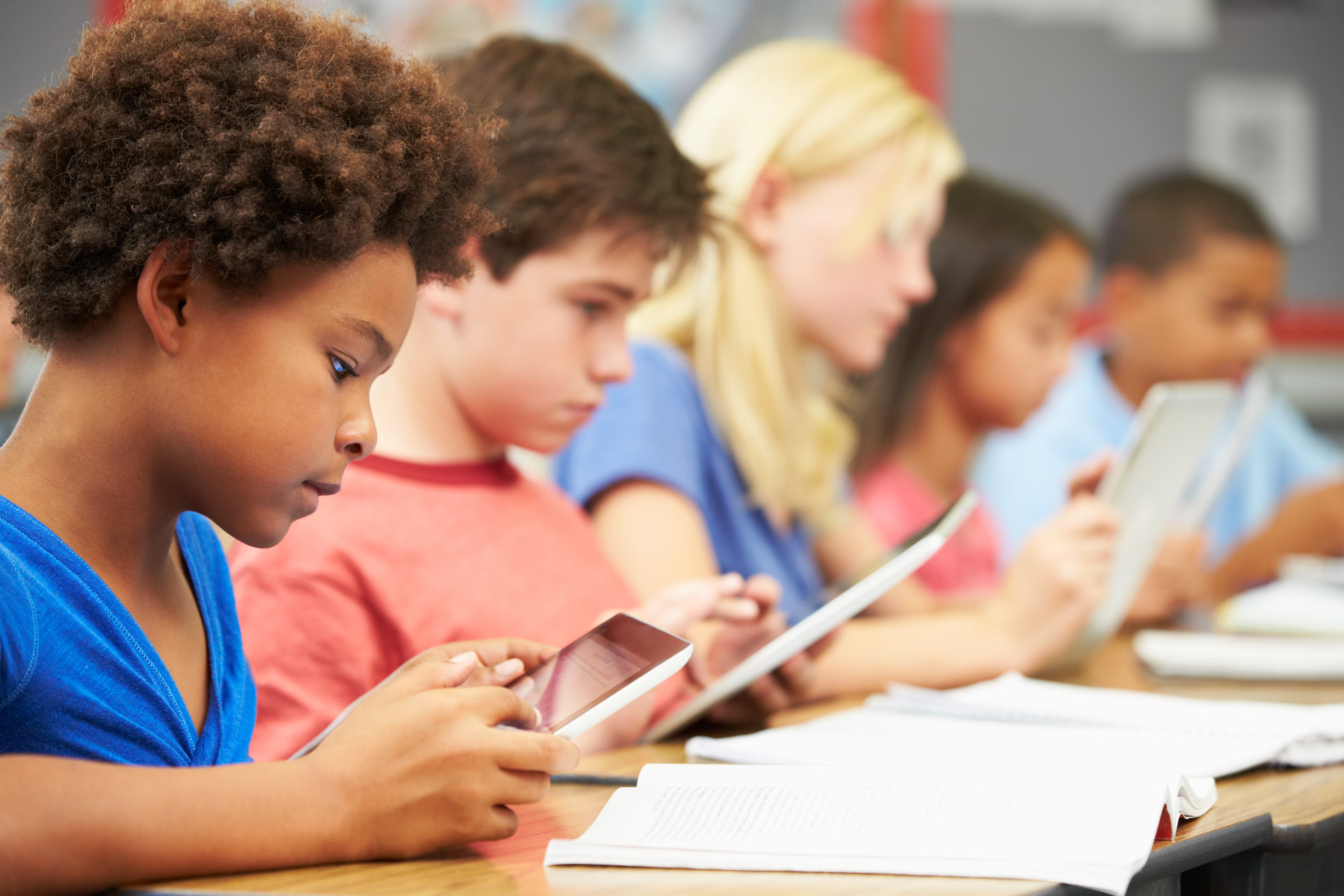Today’s education systems are shaped by the rigid needs of the past – not the adaptive ones of the future.
Teachers themselves must be educated as agile learners able to pass on the necessary skills.
Self-awareness about how skills can be transferred to new domains will be critical.
세계경제포럼, 2025년 6월 19일 게시
Roberta Vicente Barreras
Multilateral Affairs Analyst, Embassy of Spain

1We keep telling young people to prepare for the future – but how can they, when our education systems are still stuck in the past? Teachers are often disconnected from today’s labour market, let alone tomorrow’s. The most in-demand jobs of 2030 haven’t even been invented yet. And yet, students are still measured by tests like France’s baccalauréat (created in 1808 under Napoleon). In a world shaped by rapid technological change and generative AI,we’re preparing students to compete in a system designed for another century – when what they really need is to learn how to adapt, question and create.
Have you read?
- How education can adapt to prepare learners for tomorrow’s demands
- How AI and human teachers can collaborate to transform education
- Innovating for learning: How two innovators made access to books and education more inclusive
Most secondary education systems are still built to optimize for standardized metrics and university entrance exams. These metrics often reward memorization, individual performance and technical accuracy – skills that are increasingly being automated by AI. Meanwhile, the skills students actually need are shifting rapidly. According to the World Economic Forum’s Future of Jobs Report 2023, nearly 23% of jobs will change over five years, with 69 million new roles created and 44% of workers’ core skills are expected to change by 2028. UNESCO and the OECD warn that many of the jobs students will hold a decade from now don’t even exist yet. This is one of the deepest misalignments in education today: We’re preparing students for a future we can’t predict, using frameworks built for a world we’ve already left behind.
Lead – don’t fear – the next wave of change
These outdated systems don’t just fail students – they also fail the people trying to teach them. While students increasingly explore AI tools and digital platforms on their own, educators are expected to prepare students for a future they themselves haven’t been trained for. It’s time to rethink teacher development – not as extra work, but as a strategic investment.
If we expect teachers to prepare students for the future of work, we need to give them the space, time and tools to keep learning, too. That means moving beyond occasional workshops or added responsibilities. We need structured, protected time built into the academic calendar for teachers to receive training from experts, follow tailored learning paths and stay connected to real-world shifts. If we want agile learners, we need agile teachers – and systems that believe in their growth just as much as their students’.
The AI tsunami is here
Banning AI in classrooms is like trying to stop a tsunami with your hands. You might hold back a few waves, but eventually, the tide comes in. We can’t ban our way out of disruption – we have to teach students how to surf.
That means putting critical thinking, creativity and ethical reasoning at the centre of learning. If students can’t tell a deepfakefrom real news, or if they don’t know how to assess the biases of the tools they’re using, we haven’t prepared them for the real world. Surfing the wave of AI means learning how to navigate uncertainty with curiosity and responsibility, not fear.
Can an ageing Europe unlock more personalized learning?
In Europe, our demographic reality is shifting: Populations are ageing, birth rates are declining, and lifelong learning is becoming essential. This opens up an opportunity to rethink our models. If we’re educating smaller, more diverse cohorts, why not make learning more individualized? Why not design courses based on personality, learning style and natural strengths?
We talk a lot about soft skills – but we rarely assess them. Yet, we know that people are naturally inclined toward certain ways of learning and thinking. Some of us are problem-solvers. Others are communicators, synthesizers or creators. These abilities can absolutely be taught and strengthened –but we need to start by helping students understand themselves.
Self-awareness for adaptable career paths
One of the hardest parts of being a teenager is not knowing who you are yet. And still, we expect students to make huge life decisions – what to study, where to work, how to succeed – without that foundation. What if schools focused not just on “top of the class”, but on discovering your path?
Learning how to transfer skills – from art to science, from music to math – is one of the most valuable competencies in today’s world. And yet, we almost never teach it.
Let me give you a personal example. When my aunt moved from Spain to the Netherlands, she had studied music professionally and needed to reskill to find work. After a basic assessment, they proposed two options: air traffic controller or math teacher. She laughed. But it made sense: Music is math. Rhythm, timing, structure – they’re all rooted in mathematical patterns. That connection had never even occurred to us. In Spain, that kind of career transition would have seemed impossible. In the Netherlands, it was just a question of skill-mapping.
This is exactly the kind of mindset shift we need. We need to stop asking “what did you study?” and start asking “what can you do – and how can you apply it in new ways?”
Stop racing, start surfing
The goal isn’t to finish first. It’s to stay grounded, adaptable and curious in a world that’s constantly changing. And more importantly, it’s to learn how to get back up – and back to the table – when a wave you didn’t see coming knocks you down.
Let’s stop training students for speed and start teaching them how to ride the waves. We need to stop rushing them toward traditional notions of success and start walking alongside them as they discover who they are and how they learn. Education isn’t a race to the top; it’s a journey of learning how to move through the world with purpose, resilience and agency.
In a time of AI disruption, geopolitical instability and economic transformation, young people don’t just need answers. They need tools to ask better questions. Let’s give them those tools. Let’s teach them to surf.



